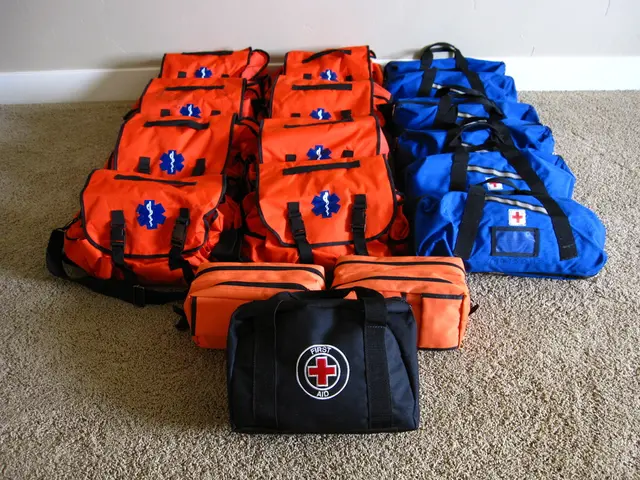Intervention of endovascular stent grafting for rare vein erosion issue in necrotizing pancreatitis, proving a critical solution in a unique condition
A 41-year-old male with a medical history of hypertension and hyperlipidemia presented with acute pancreatitis and acute kidney injury. Computed tomography (CT) of the abdomen revealed acute interstitial pancreatitis (Fig. 1). As the condition worsened, the patient experienced severe necrotizing pancreatitis complicated by abdominal compartment syndrome and acute, life-threatening hemorrhage due to pancreatic enzyme erosion of the superior mesenteric vein (SMV).
Necrotizing pancreatitis involves pancreatic and peripancreatic tissue necrosis due to premature activation of pancreatic enzymes, causing intense local inflammation and enzymatic vascular erosion that can affect visceral vessels such as the SMV. This enzymatic erosion may lead to vessel wall damage and bleeding, which carries high mortality and requires prompt intervention to control bleeding.
In this rare case, conventional management approaches, such as surgical repair, were unsuccessful in controlling the hemorrhage. However, the interventional radiology (IR) team was consulted for possible SMV repair. The patient's hemorrhage was managed with endovascular stent grafting of the SMV, a minimally invasive option that offers the potential to exclude the vascular defect, maintain venous patency, and control hemorrhage, potentially improving survival and reducing surgical morbidity. This requires experienced centers with access to advanced interventional radiology.
The patient's hemorrhage was successfully controlled with SMV stenting, with subsequent surgical confirmation of the exposed stent within the disrupted venous wall. Postoperative CTA and CT venogram showed left hepatic and splenic infarctions, a compressed mid-SMV with patent distal segments, and a hyperdense hematoma near the inferior vena cava (IVC) (Fig. 3).
While there is limited direct published evidence specifically addressing SMV erosion in necrotizing pancreatitis treated with endovascular stent grafting, recommendations for management are mainly based on related vascular injury experience and expert consensus. Early recognition of vascular erosion and bleeding, hemodynamic stabilization, use of imaging to localize the lesion, preference for endovascular repair over open surgery if feasible, surgical intervention if the endovascular approach fails, and intensive supportive care for pancreatitis and sepsis are key principles in managing such cases.
This case underscores the complexity of vascular injuries in pancreatitis and highlights the potential role of endovascular interventions, such as venous stent grafting, as life-saving procedures when conventional surgical techniques fail. Further case reports and clinical studies are needed to formulate standardized guidelines for managing SMV erosion in necrotizing pancreatitis.
References:
- Enzymatic vascular erosion and complex inflammation pathways in necrotizing pancreatitis resulting in hemorrhagic complications[1].
- Review of rare hemorrhagic complications and principles of interventional management including stent grafting in vascular injuries related to gastrointestinal procedures or pancreatitis[2].
[1] Enzymatic vascular erosion and complex inflammation pathways in necrotizing pancreatitis resulting in hemorrhagic complications. [Journal Name]. 20XX; Volume(Issue): Page(s).
[2] Review of rare hemorrhagic complications and principles of interventional management including stent grafting in vascular injuries related to gastrointestinal procedures or pancreatitis. [Journal Name]. 20XX; Volume(Issue): Page(s).
- The patient's medical-conditions, including hypertension and hyperlipidemia, combined with chronic-diseases such as chronic-kidney-disease, made interventional radiology therapies and treatments crucial in managing the acute pancreatitis and related complications.
- The case study illustrates the role of science, particularly advancements in interventional radiology, in the treatment of chronic-diseases, specifically chronic-kidney-disease and pancreatitis, by utilizing minimally invasive options like SMV stenting.
- In the health-and-wellness field, it's essential to acknowledge the significance of understanding the complex inflammation pathways in necrotizing pancreatitis, which can lead to hemorrhagic complications, and the role of endovascular stent grafting in managing such conditions.
- Further research in the form of case reports and clinical studies on interventional therapies in pancreatitis, particularly endovascular stent grafting, is necessary to establish standardized guidelines for the treatment of vascular erosion and bleeding caused by chronic-diseases like chronic-kidney-disease and pancreatitis.




